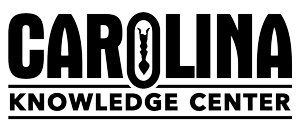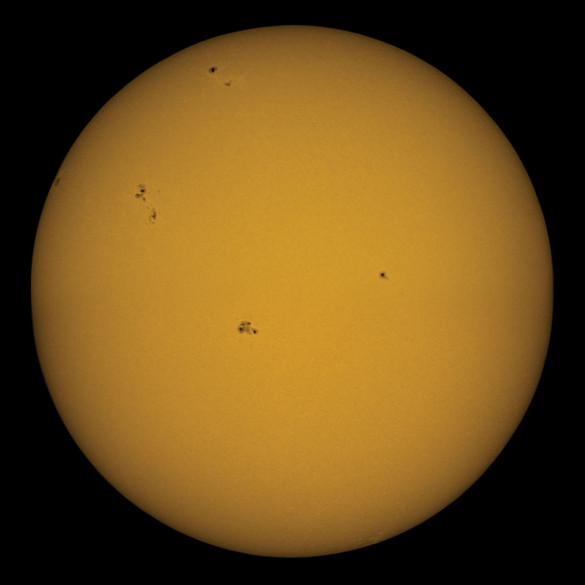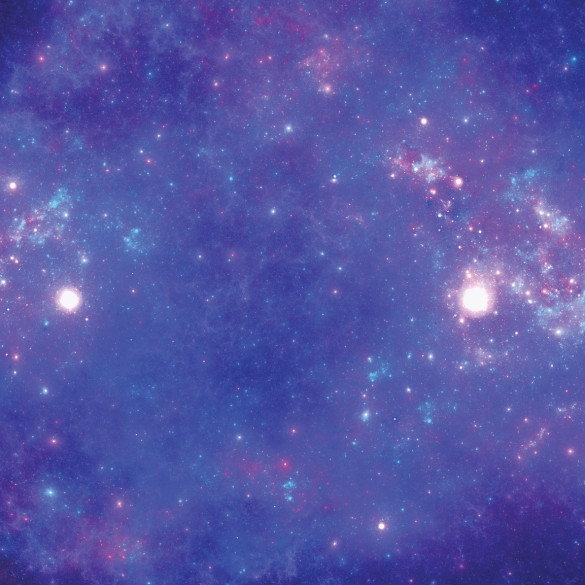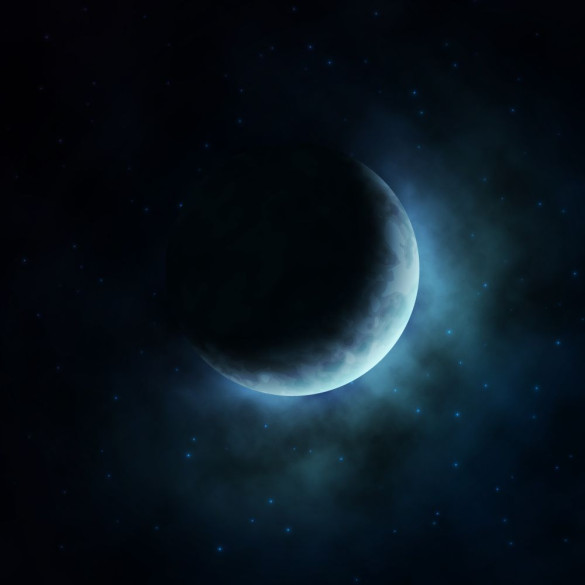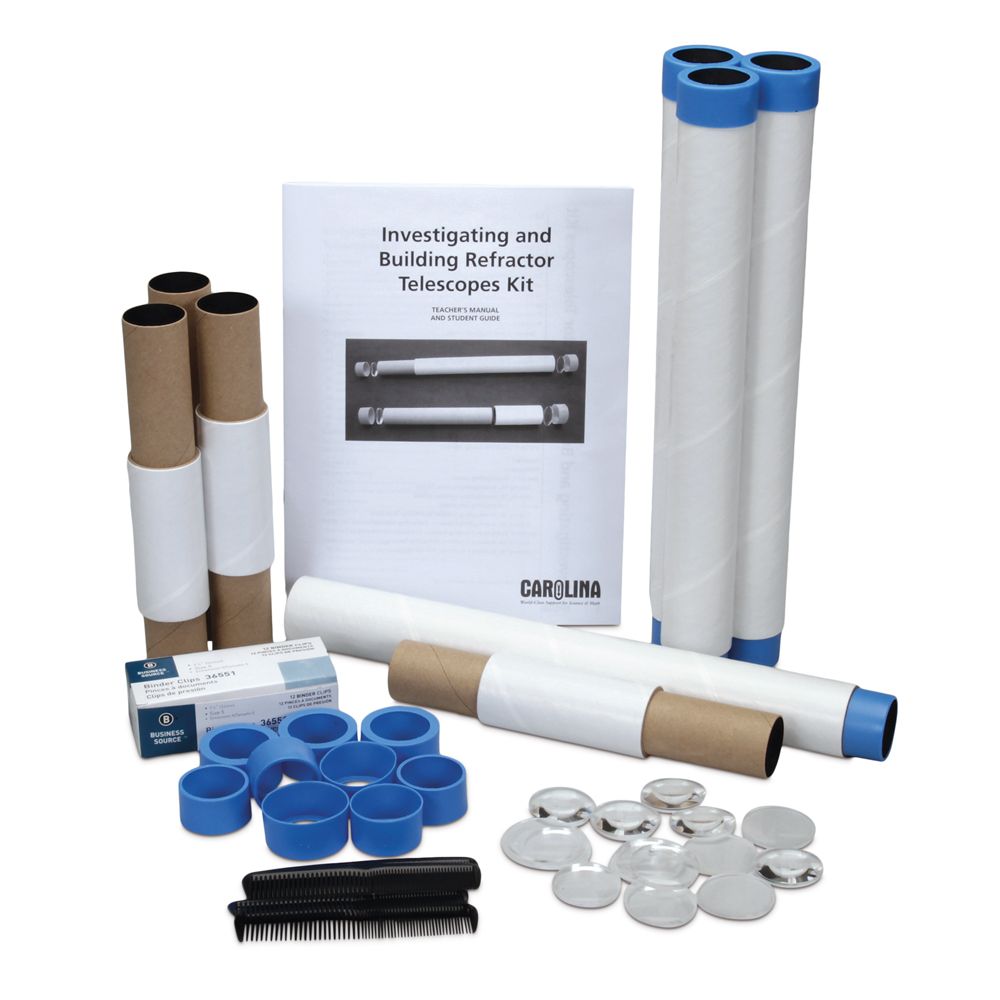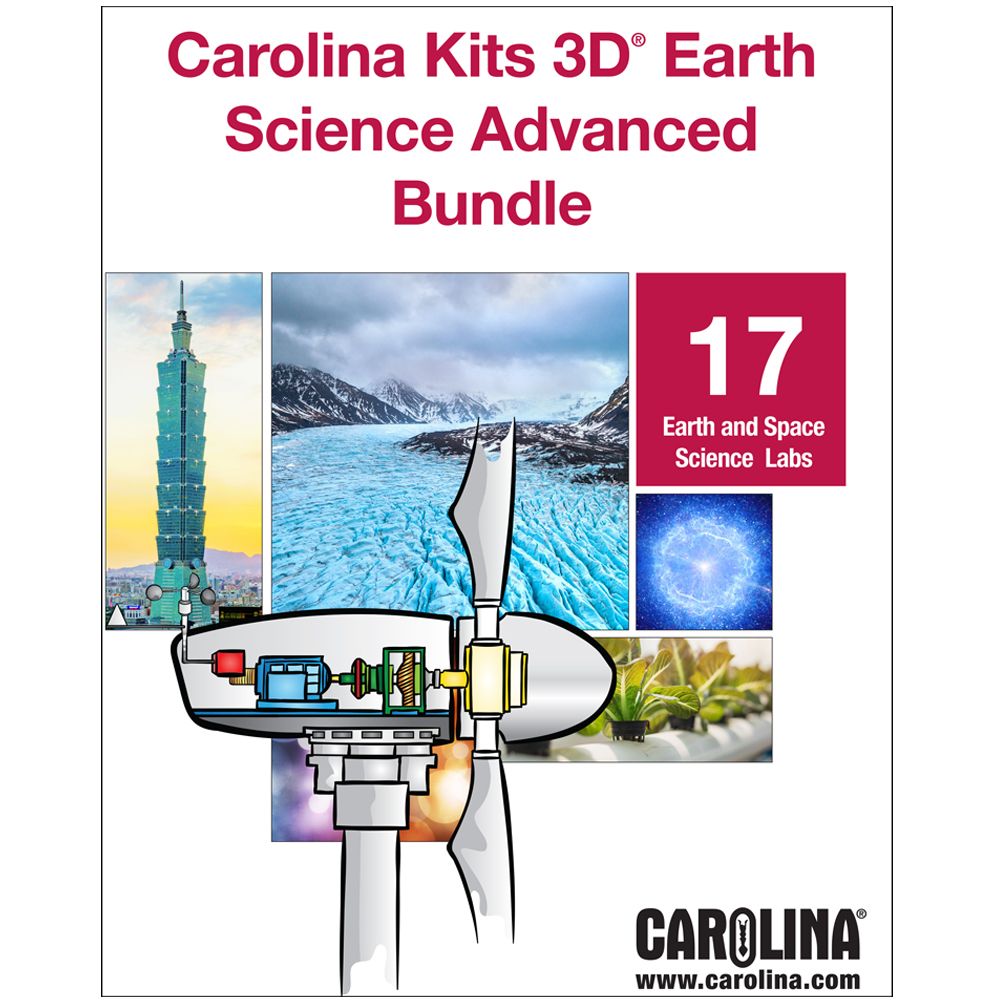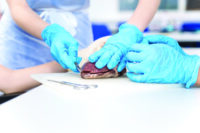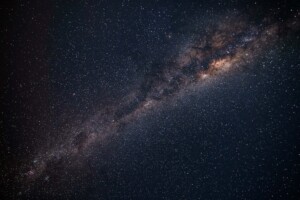
Explore Space and Astronomy
National Space Day and Astronomy Day are both in May! Introduce your students to the awe and wonder of the universe! Engage with resources that explore galaxies, black holes, origin of the elements and much more!
Astronomy Assets


Investigating Phenomena: How Can the Sun Set at Midnight?
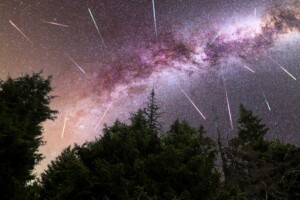
Meteor Shower Guide

Earth and Space Sciences in All Science Courses
Space Essentials
Historical Sunspot Activity: Finding Patterns
In this activity, students use historical data from SILSO, the Royal Observatory of Belgium, to plot the monthly average of sunspots over a 30-year period. From the plot, students determine if a cycle exists, and if one does, the length of the cycle.
Determining the Age of a Star
Use this activity as a student-based or teacher-led phenomenon for a unit on stellar evolution.
Natural Selection of Leaf Thickness on Planet Eorthe, Galaxy Tlaloc
In this introductory activity, students graph and analyze data, observing trends and change over time. The data set consists of leaf thickness measurements taken 4 times during a growing season and the number of fruits produced by plants with each thickness of leaf.
Modeling Lunar Phases
In this activity, students collect data on the lunar phases using a simple Earth-sun-moon model consisting of a flashlight, a foam ball on a pencil, and a circle of paper divided into eighths.
Math in Space
The connection between math and space exploration extends beyond calculations. Apply scientific principles and theory with these hands-on activities.
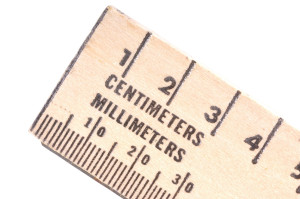
The Metric System

What Is a Light Year?
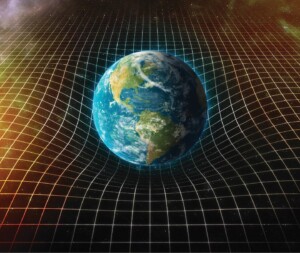
A Brief Overview of Gravity and Gravitational Force
Related Kits
Investigating and Building Refractor Telescopes Kit
Get hands-on with this our refractor telescope build kit. Great for observing planets, the Moon, and double stars with relatively low maintenance. Happy stargazing!
Carolina Kits 3D® Earth And Space Science
Our Carolina Kits 3D Earth and Space Science Bundle explores concepts such as Space Systems, History of Earth, Human Sustainability and more!
